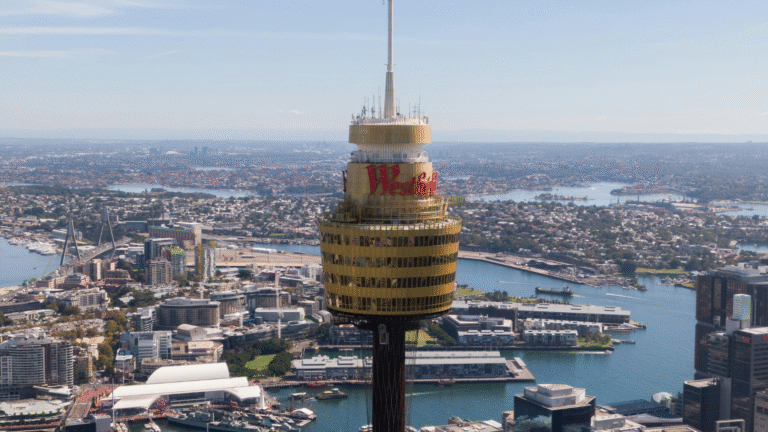Local EV manufacturing in Australia is not just about cars — it’s about building supply chains, creating skilled jobs and capturing value in battery, component and assembly work. This article explores the realistic pathways to a stronger domestic EV industry, the barriers still to overcome, and what a scaled local manufacturing base could mean for jobs and regional economies.
Table of Contents
- Why local manufacturing matters beyond vehicles
- What it takes to start EV manufacturing in Australia
- Opportunity areas: batteries, drivetrains, and components
- Policy and investment enablers for a local industry
- Practical timelines and what buyers should expect
- FAQs
1. Why local manufacturing matters beyond vehicles
Local manufacturing stimulates jobs across mining, refining, component production, assembly and R&D. It shortens supply chains, reduces exposure to international shipping and gives governments leverage to shape local skills and regional development. Importantly, a local base can help stabilise availability and prices for EVs over time by ensuring reliable supply.
2. What it takes to start EV manufacturing in Australia
Key prerequisites include:
- Secure supply of critical minerals and value-add processing, not just raw export.
- Industrial-scale electrified manufacturing facilities with skilled workforces.
- Coordination between OEMs, suppliers and government for incentives, land and power.
- Upfront capital and long-term demand visibility — manufacturing needs predictable procurement to justify investment.
Without a combination of these elements, local assembly is expensive and hard to sustain.
3. Opportunity areas: batteries, drivetrains, and components
- Battery cell and pack assembly: While cell manufacturing is capital-intensive, pack assembly and module manufacturing are feasible near mines and refineries.
- Electric drivetrains and power electronics: Building motors, inverters and e-axles locally captures high-value engineering work.
- Lightweight components and interiors: Local suppliers can specialise in composites, seating and electronics integration for EVs suited to Australian conditions.
Building clusters around existing automotive or mining hubs can reduce logistics cost and accelerate skills transfer.
4. Policy and investment enablers for a local industry
Governments can help by:
- Offering staged incentives and co-investment for critical facilities.
- Funding workforce training and apprenticeship programs for EV-specific skills.
- Facilitating land, permitting and coordinated procurement (fleet purchases) to create anchor demand.
- Supporting downstream processing of minerals to capture more value locally.
Private investment follows clear, long-term demand signals — policy certainty matters.
5. Practical timelines and what buyers should expect
Local manufacturing is multi-year. Expect:
- Short-term: assembly and pack-assembly facilities and ramped component production.
- Medium-term (3–7 years): larger-scale pack manufacturing and drivetrains as investments mature.
- Longer-term: full cell fabrication if capital, skilled labour and integrated supply chains align.
For buyers, the near-term benefit is more stable supply and better local service support; local-made price parity will take longer.
FAQs
Q: Will local manufacturing make EVs cheaper straight away?
A: Not immediately — manufacturing scale and supply chain maturity drive cost. Over time, local production reduces shipping and import risks and can lower costs.
Q: Where will jobs be created?
A: Jobs spread across mining processing, component manufacturing, pack assembly, engineering and after-sales service — many in regional hubs.
Q: Can Australia make battery cells economically?
A: It’s possible but requires significant capital and a long-term strategy involving local mineral processing and stable demand.
Conclusion
A viable local EV manufacturing sector is within reach for Australia, but it requires coordination, capital and policy clarity. Early wins are likely in pack assembly, drivetrains and component manufacturing; full cell-scale production is a longer-term ambition. For citizens, the payoff is stronger supply resilience, new jobs and a deeper national capability in clean transport.
Meta description: Local EV manufacturing in Australia could create jobs and supply resilience. Learn which segments are most feasible and what policy and investment will unlock domestic production.
